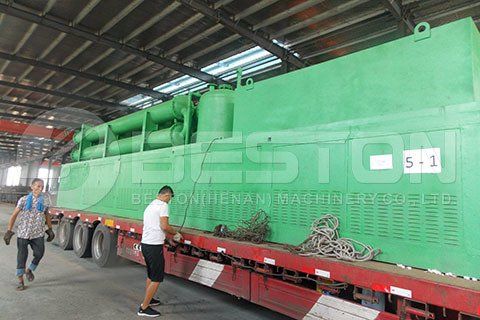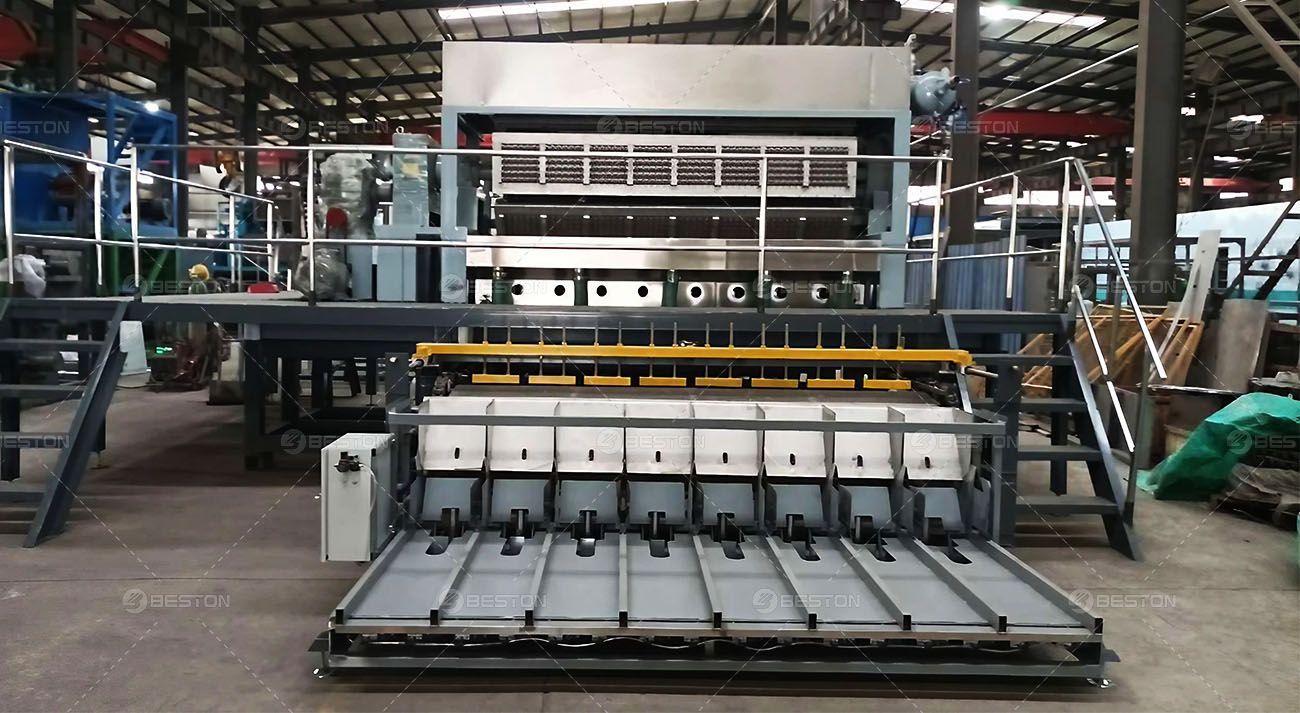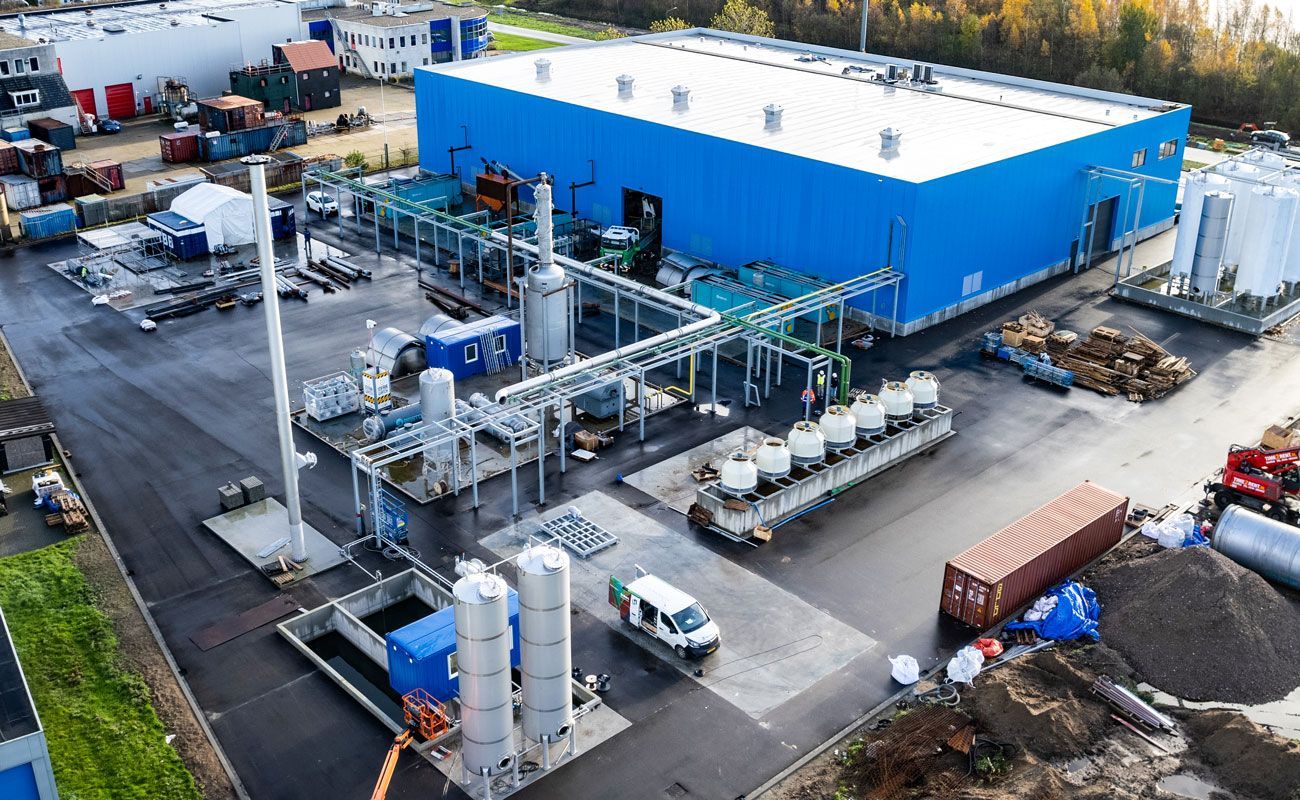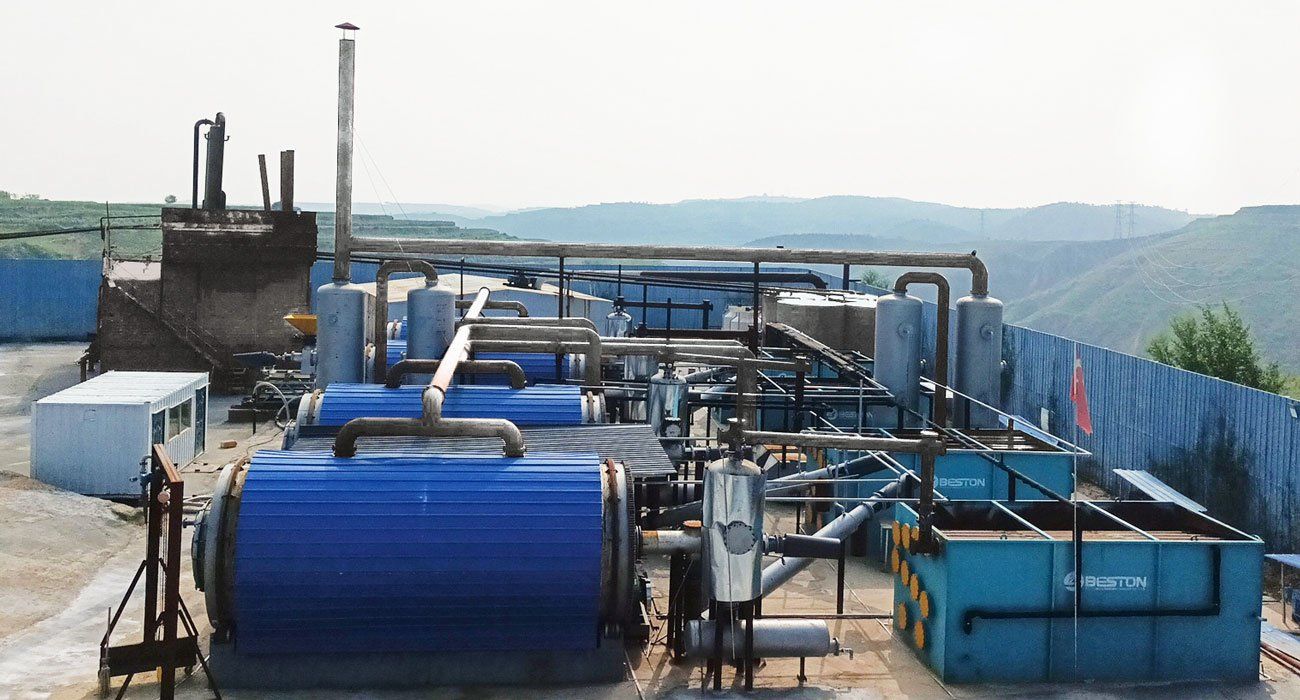Features And Benefits Of Continuous Pyrolysis Plant
- By zhou qi
- •
- 02 Feb, 2020

In terms of converting scrap tires into fuel oil, you are able to make a choice from batch, semi-continuous and continuous pyrolysis plants. Aatch plant requires plenty of manual workers for operation mainly because it has low automation levels. Furthermore, the pyrolysis reactor in a batch plant must be cooled off before new raw materials can be loading into the reactor. Because of this daily productivity is restricted and energy efficient is compromised.
For small-scale tire recycling facilities, such as local scrap yards, a batch rubber pyrolysis plant is likely to be sufficient for operations, however, for mass-scale tire recycling projects, an entirely continuous tire pyrolysis plant is required. The utmost daily processing capacity in the largest batch plants is approximately 10 tons, whereas continuous models can process over 50 a great deal of rubber waste every day.
Featured below are among the benefits and features of pyrolysis plants for tire to oil projects:
1. Computer-controlled and optimized. Continuous pyrolysis machines are monitored and controlled by programmable PLC units, which permit for accurate calculations to assure full pyrolysis of raw materials in the reactor, ensuring maximum oil yield. The temperature of the reactor along with the time waste rubber spends inside the reaction chamber are calculated to precise to optimize pyrolysis.
2. Advanced auto-separation system that are part of slag design. Continuous pyrolysis plants have auto-separation systems in discharging units to facilitate the automated separation of carbon black and steel in the reactor. These separation systems can save businesses lots of time, since they clear away the must remove steel wire from car tires before feeding them into the reactor.
3. Fully automatic operations. A contemporary continuous tire pyrolysis machine might be controlled with a single human operator through the central PLC control console. Because of this, tire recycling businesses can save a little fortune on manual labor costs and be sure big profits from the enhanced productivity of automated processes.
4. Large daily capacity. A number of the top continuous pyrolysis plants have daily capacities exceeding 50 tons. Furthermore, top models are designed to make optimal use of space, so that area requirements for assembly are minimized.
5. Enhanced environmental protection systems. Continuous reactors have fully sealed feeding systems and discharge systems to make certain no gas or cracked oil can escape in the plant via the slag discharge port or feed inlet. As a result, there is not any risk of any environmental pollution from the plant.
Featured above are just some of the various features and benefits of continuous tire to oil machines. As you can see, such machines are a great selection for tire recycling companies that wish to convert a huge number of a lot of waste tires into pyrolysis oil, carbon black, combustible gas and steel wire every month. The reality is that fully continuous plant designs are definitely the only viable option for mass-scale rubber recycling operations. As previously mentioned, the most daily processing capacity of batch tire to oil machines is about ten tons, but small models can process just 6 tons of waste a day. More models can be found: https://bestonasia.com/pyrolysis-plant/.



